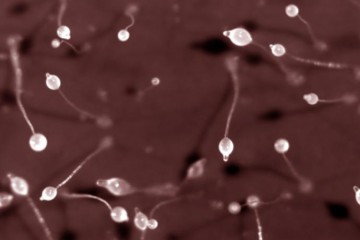PhD Studentship
Dictyostelium as non-animal model to identify DNA repair pathways as targets for cancer therapy

At a glance
Completed
Award date
October 2013 - September 2016
Grant amount
£90,000
Principal investigator
Dr Nicholas Lakin
Institute
University of Oxford
R
- Replacement
Read the abstract
View the grant profile on GtR
